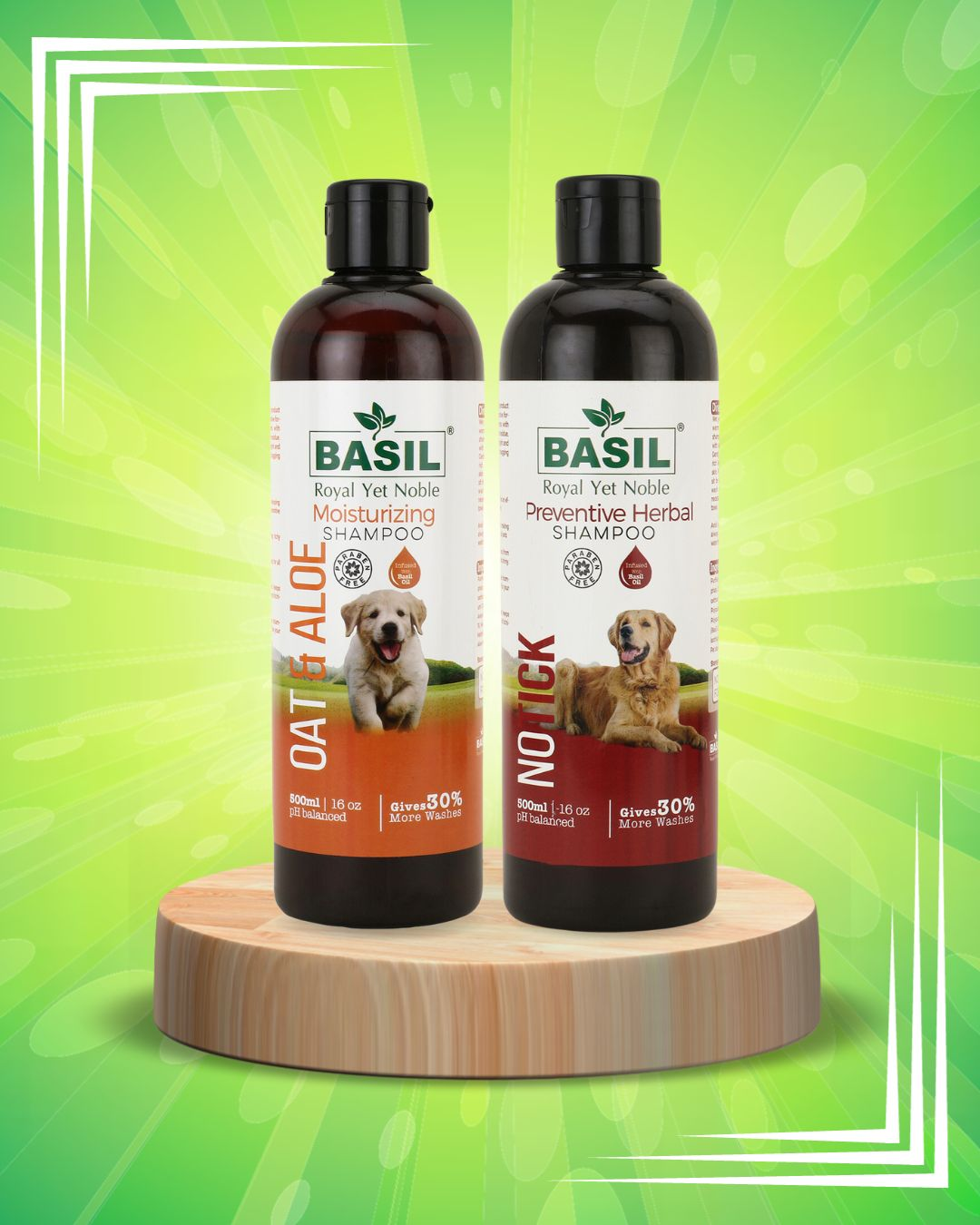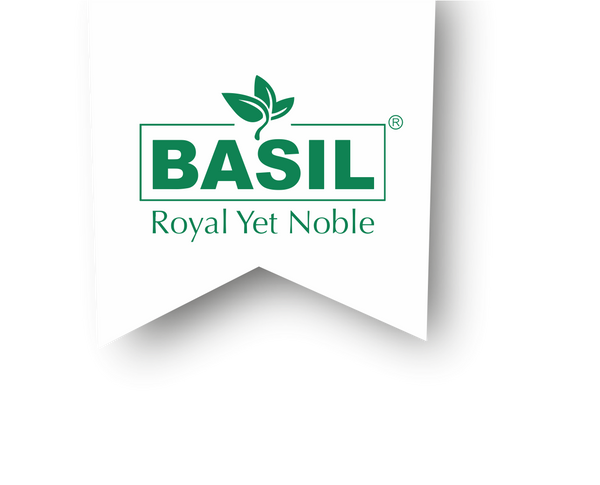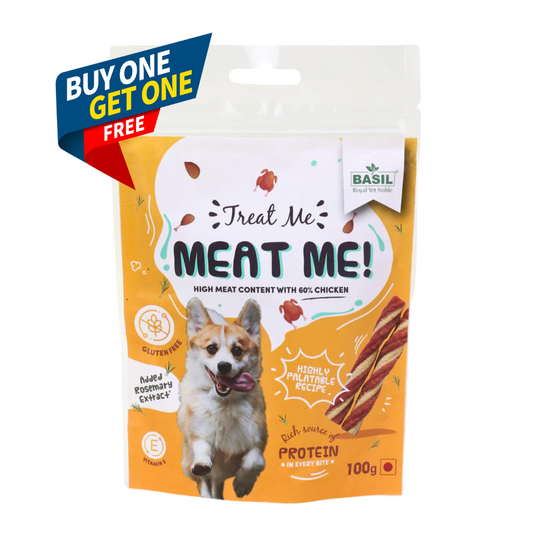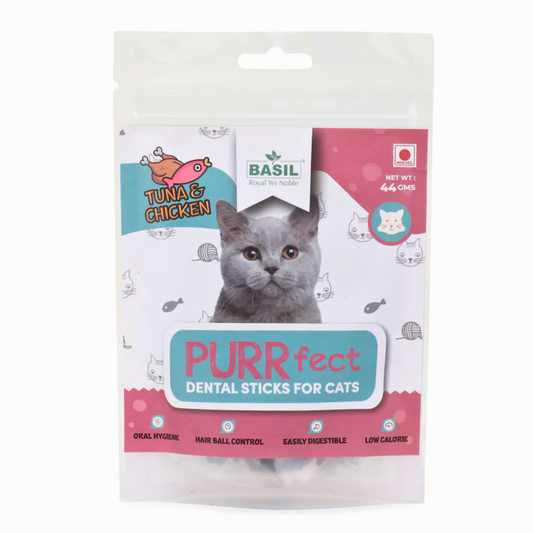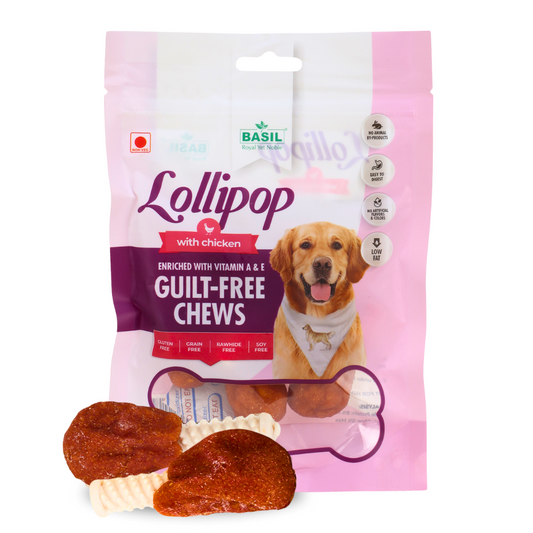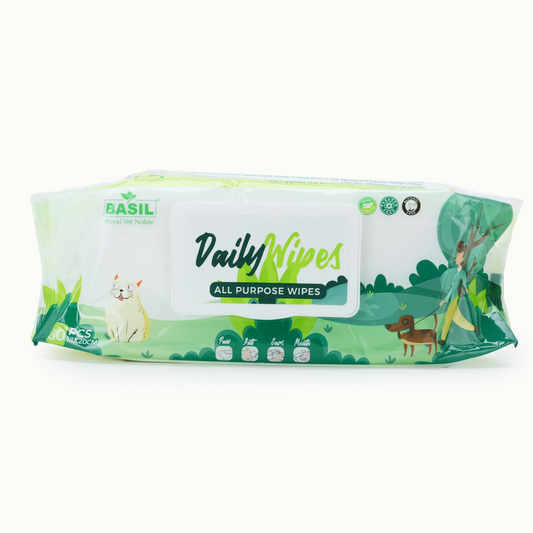
Finding the Perfect Shampoo for Your Furry Friend: A Dog Owner's Guide
Share
Introduction:
As a dog owner, you want the best for your furry companion, including their grooming routine. Choosing the right shampoo for dogs is crucial for maintaining their coat's health and overall well-being. With so many options available, finding the perfect shampoo for your canine friend can be overwhelming. In this guide, we'll walk you through everything you need to know to make an informed decision and ensure your dog's bath time is a pleasant and beneficial experience.
Understanding Your Dog's Needs:
Before selecting a shampoo for dogs, it's essential to understand their specific needs. Consider your dog's breed, coat type, skin sensitivities, and existing skin conditions. Dogs with dry skin may require a moisturizing shampoo, while those with allergies may need a hypoallergenic formula. Additionally, puppies and seniors may have different grooming needs than adult dogs.
Choosing the Right Ingredients:
When browsing for dog shampoos, pay close attention to the ingredients list. Opt for shampoos that use natural and gentle ingredients to avoid irritation or adverse reactions. Look for oatmeal, aloe vera, coconut oil, and vitamin E, which can help soothe and nourish your dog's skin and coat. Avoid shampoos that contain harsh chemicals, artificial fragrances, or sulphates, as these can strip the skin of its natural oils and cause dryness or irritation.
Types of Dog Shampoo:
Natural Dog Shampoo: These shampoos are suitable for bathing and cleansing your dog's coat regularly. Organic dog shampoo often contains mild ingredients that clean without stripping away the natural oils from the skin and coat.
Hypoallergenic Dog Shampoo: Hypoallergenic shampoos are formulated with gentle ingredients less likely to cause allergic reactions or skin irritations. They are ideal for dogs with sensitive skin or allergies to certain ingredients.
Medicated Shampoo: Medicated shampoos address specific skin conditions or issues such as dryness, itching, bacterial or fungal infections, and dermatitis. They may contain active ingredients like chlorhexidine, ketoconazole, or benzoyl peroxide to help alleviate these problems.
Moisturizing Dog Shampoo: These shampoos contain oatmeal, aloe vera, coconut oil, or shea butter to moisturize and soothe dry or flaky skin. They benefit dogs with dry skin or those prone to skin irritation.
Flea and Tick Dog Shampoo: Formulated to kill and repel fleas, ticks, and sometimes other pests like lice, these shampoos often contain insecticidal or insect-repellent ingredients such as pyrethrin, permethrin or essential oils like citronella or neem.
Whitening Shampoo: Whitening shampoos are specifically formulated to brighten and enhance the appearance of white or light-coloured coats. They often contain ingredients that help remove stains and yellowing, leaving the coat looking clean and vibrant.
Deodorizing Shampoo: These are designed to neutralize odours and leave your dog smelling fresh and clean. They may contain ingredients like baking soda, citrus extracts, or specialized odour-neutralizing compounds.
Waterless or Dry Shampoo: Waterless or dry shampoos are convenient for quick clean-ups between baths or for dogs who dislike being bathed with water. They come in spray or powder form and are applied directly to the coat, then brushed out to remove dirt and oils.
Puppy Shampoo: Specifically formulated for puppies' delicate skin and coat, puppy shampoos are gentle and mild to avoid irritation. They often contain tear-free formulas to prevent stinging if the shampoo accidentally gets into the puppy's eyes.

Consider Your Dog's Coat Type:
Different coat types require different grooming products. For example, dogs with long or thick coats may benefit from a detangling or conditioning shampoo to help manage knots and tangles. Breeds with oily coats may benefit from a clarifying shampoo to remove excess oil and dirt. Similarly, dogs with sensitive skin may require a mild and fragrance-free shampoo to prevent irritation.
Consult with Your Veterinarian:
If your dog has specific skin conditions or allergies, it's always best to consult your veterinarian before choosing a shampoo. Your vet can provide valuable insights and recommend safe and effective products for your dog's unique needs. They may also suggest medicated shampoos or prescription formulas to address specific skin issues.
Perform a Patch Test:
Before using a new shampoo on your dog's entire body:
1. Perform a patch test to ensure they don't have any adverse reactions.
2. Apply a small amount of shampoo to a small area of your dog's skin and monitor for any signs of irritation or redness.
3. If your dog exhibits any adverse reactions, discontinue use immediately and consult with your veterinarian.
How to Shampoo Your Dog Correctly:
Shampooing your dog correctly is integral to their grooming routine to keep their coat clean and healthy. Here's a step-by-step guide on how to shampoo your dog correctly:
Choose the Right Shampoo: Use a dog-specific shampoo formulated for your dog's coat type and skin condition. Avoid using human shampoos or those containing harsh chemicals, as they can irritate your dog's skin.
Prepare the Bathing Area: Before starting, gather all the necessary supplies, such as shampoo, towels, a brush, and a non-slip mat if bathing in a tub. Ensure the bathing area is warm and comfortable for your dog.
Brush Your Dog: Before bathing, brush your dog's coat to remove tangles, mats, or loose hair. This helps ensure the shampoo reaches the skin and cleans the coat thoroughly.
Wet Your Dog Thoroughly: Use lukewarm water to thoroughly wet your dog's entire body. Avoid getting water into their ears, eyes, and nose. Use a handheld sprayer or a cup to wet hard-to-reach areas.
Apply Shampoo:
1. Dilute the shampoo according to the instructions on the bottle, if necessary.
2. Apply the shampoo evenly over your dog's coat, starting from the neck and working your way down to the tail.
3. Lather the shampoo well, focusing on areas prone to dirt and odours, such as the belly, underarms, and paws.
Massage and Scrub:
1. Gently massage the shampoo into your dog's coat and skin using your fingers or a bathing mitt.
2. Pay extra attention to areas with mats, dirt, or odour buildup.
3. Use a soft brush or grooming glove to scrub gently if needed.
Rinse Thoroughly: Rinse your dog's coat thoroughly with lukewarm water, ensuring that all shampoo residue is removed. Incomplete rinsing can lead to skin irritation or dryness. Continue rinsing until the water runs clear.
Dry Your Dog: Use a clean towel to gently pat your dog's coat dry, starting from the head and working your way down to the tail. Avoid rubbing vigorously, as this can cause tangles and mats. If your dog is comfortable, you can also use a hairdryer in a low-heat setting.
Brush Again: Once your dog is dry, brush their coat to remove any remaining tangles and fluff up their fur.
Reward Your Dog: Throughout the bathing process, offer praise, treats, and positive reinforcement to make the experience enjoyable for your dog. This helps to create a positive association with bath time and grooming.

Conclusion:
Finding the perfect shampoo for dogs is essential for maintaining their skin and coat health. By understanding your dog's needs, choosing gentle and natural ingredients, considering their coat type, consulting with your veterinarian, and performing a patch test, you can ensure that bath time is a positive experience for both you and your canine companion. So, take the time to select the right shampoo, and enjoy watching your dog look and feel their best after each bath!
